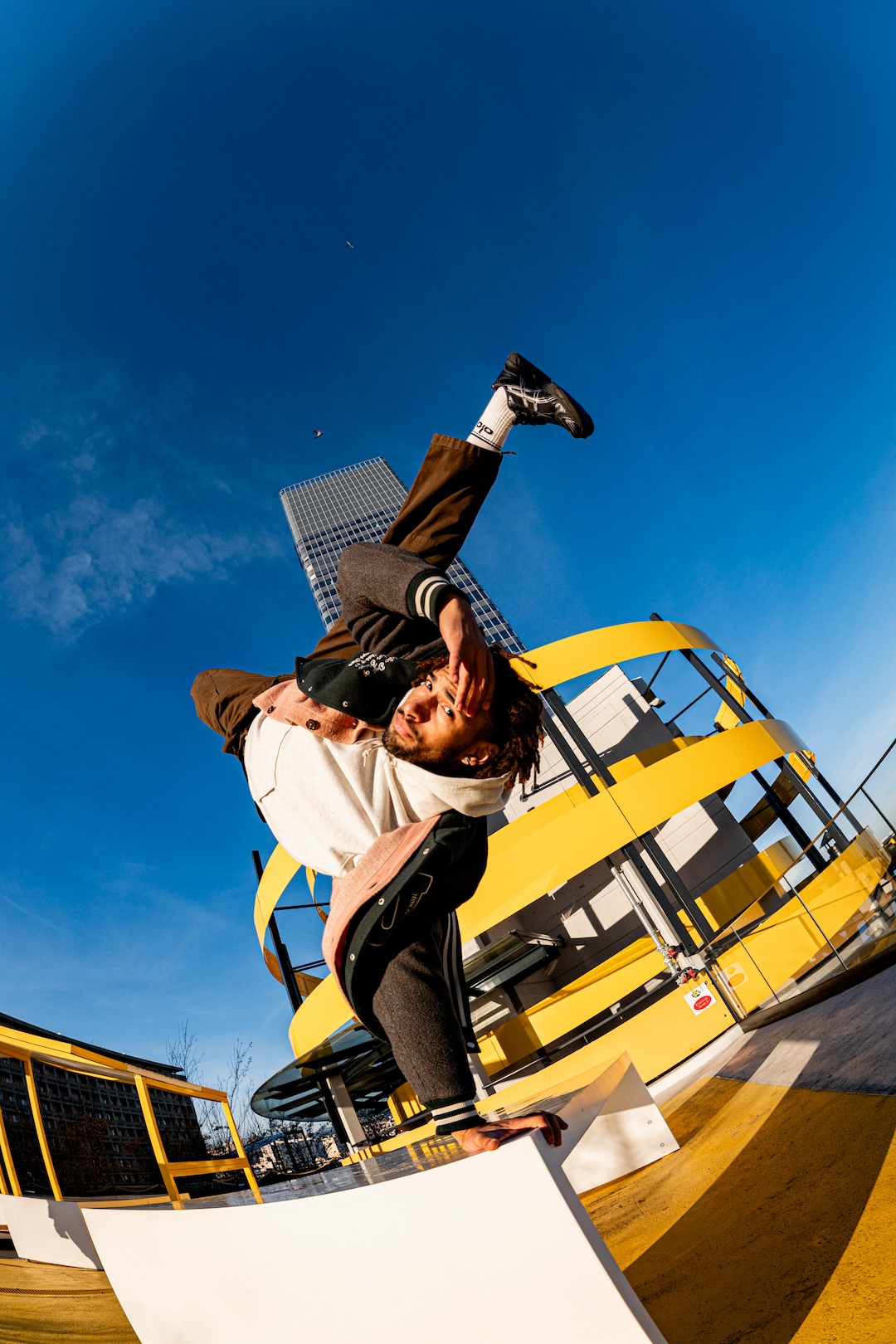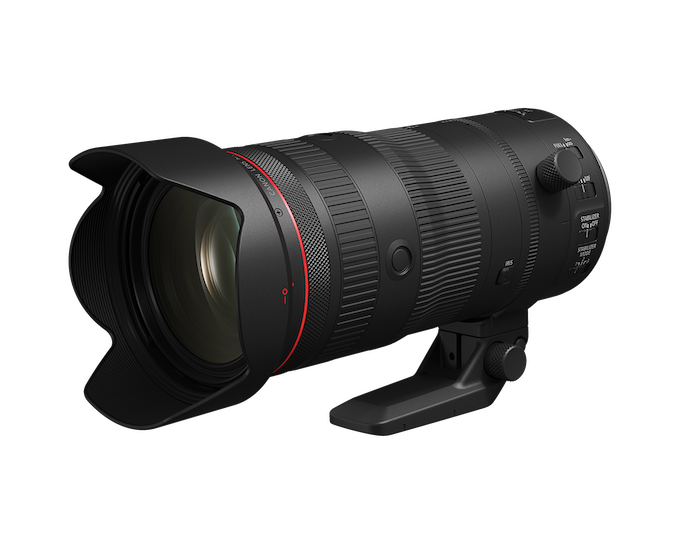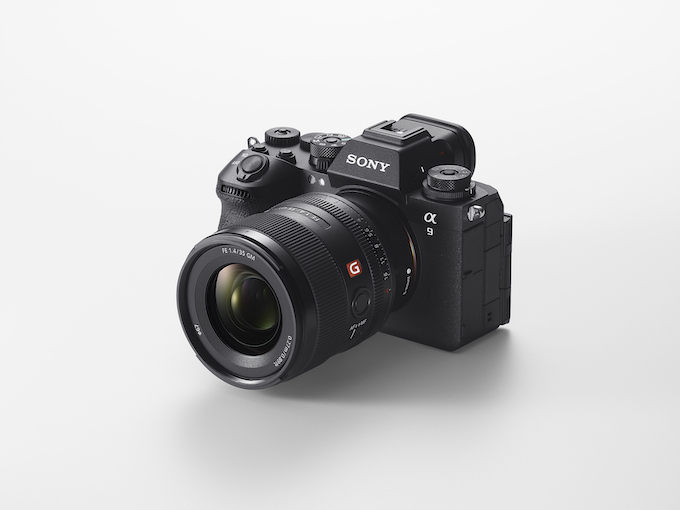Lenses
Lightweight with an easy-on-the-budget $800 price tag, the new Tamron 100-400mm f/4.5-6.3 Di VC USD (Model A035) lens offers a lot of bang for the buck. Available in Canon and Nikon mounts for cropped and full-frame sensors, the lens features a dual MPU (micro-processing unit) control system, up to four stops vibration reduction and an ultrasonic silent drive motor.
The lens is moisture- and dust-resistant and is compatible with Tamron’s TAP-in Console for updating firmware and fine-tuning AF and VC (vibration control). Need more reach? The lens is also compatible with Tamron’s 1.4x and 2.0x teleconverters.
I paired the Tamron 100-400mm lens with the hefty Canon EOS-1D X Mark II for testing. This combination emphasized the importance (and comfort) of having a lightweight telephoto zoom like the Tamron 100-400mm.
Image Quality
The lens delivered sharp images throughout the frame regardless of focal length, with good contrast and colors. There was little chromatic aberration, even along high-contrast edges, and there was almost no flare or ghosting, even when pointing the lens at or near a light source (other than a bright, midday sun). I did, however, notice some vignetting at 400mm when trying to capture buzzards flying overhead against a solid blue sky.
Given the lens’s maximum f/4.5-6.3 aperture, you’re not going to get the same beautiful bokeh that a faster lens delivers. But when opened up, the 100-400mm produced pleasingly soft backgrounds.
Design
One of the lens’s main benefits is its light weight. At 40 ounces (the Nikon version weighs 39.3 ounces) with a maximum diameter of 3.4 inches, the 100-400mm lens is surprisingly easy to handle, even when mounted on the heavyweight Canon 1D X Mark II.
At 100mm, the lens measures 7.8 inches. Extend the zoom to 400mm and add the lens hood, and we’re talking a lens that’s 13.5 inches long. At that awkward length, I found it a little difficult to reach the zoom ring at the front of the lens while still maintaining a steady grip on the barrel. But because of its light weight—and excellent VC—I was able to get sharply focused handheld shots even at 1/20th sec (at 100mm) and 1/60th (at 400mm)—a real feat for someone like me who hates to shoot below 1/125th at any focal length.
The zoom and focus rings turn smoothly and without any play. On the lens barrel you’ll find two switches: one for AF/MF (with a focus limiter) as well as two VC settings, including one for panning. There’s also a switch that locks the lens at 100mm to prevent creep. Although I didn’t experience any creep during testing, this may occur after long-term use of the zoom, so it’s a good feature to have.
What We Liked
In addition to its weight and price, the Tamron 100-400mm lens delivered on image quality with generally sharp images throughout the frame regardless of focal length and aperture. Excellent vibration compensation up to four stops is another big plus, especially for photographers who want to take advantage of the lens’s extended focal range.
Autofocus was sufficiently fast for static subjects or even slowly soaring birds overhead. The lens lock, a focus limiter, and standard and panning image stabilization modes are useful features. We also appreciate its compatibility with Tamron’s $59 TAP-in Console and the availability of two teleconverters.
What We Didn’t Like
At f/4.5-6.3, the lens is slow, which is understandable given its weight and price. At full zoom, the lens is extended so far out that it was difficult to reach the zoom ring and keep a good grip on the barrel. The lightweight lens hood feels flimsy. And no tripod foot is included, so you’ll have to shell out another $129 if you want the mount.
How it Compares
If you want a slightly faster 100-400mm zoom for your Canon DSLR, you’ll have to pay more than twice as much ($2,049) for the Canon EF 100-400mm f/4.5-5.6L IS II USM. The Canon lens is heavier but you’ll also get a tripod mount, three IS modes (standard, panning and during exposure) as well as one or two other features you won’t find on the Tamron model. For the same price, you can check out the Sigma 100-400mm F5-6.3 DG OS HSM | C, which is a little smaller but not lighter; it’s available for Canon, Nikon and Sigma mounts. The closest Nikon comes to a 100-400mm is its AF-S NIKKOR 80-400mm f/4.5-5.6 G ED VR. But like the Canon branded lens, you’re going to pay more than twice as much ($2,300) as the Tamron or Sigma.
Bottom Line
The Tamron 100-400mm lens is a great value for the money, and given Tamron’s excellent image stabilization, the lens should perform well for wedding and portrait photographers—even if you have to shoot at f/6.3. The lens produces soft bokeh for portraits, and if you need the extra focal range for special shots, you’ll have it. I’m very impressed with the glass this company has produced at a price that fits even the most modest budgets.
Related: Tamron Intros New DSLR Lens and Teases a Sony Full Frame Model






